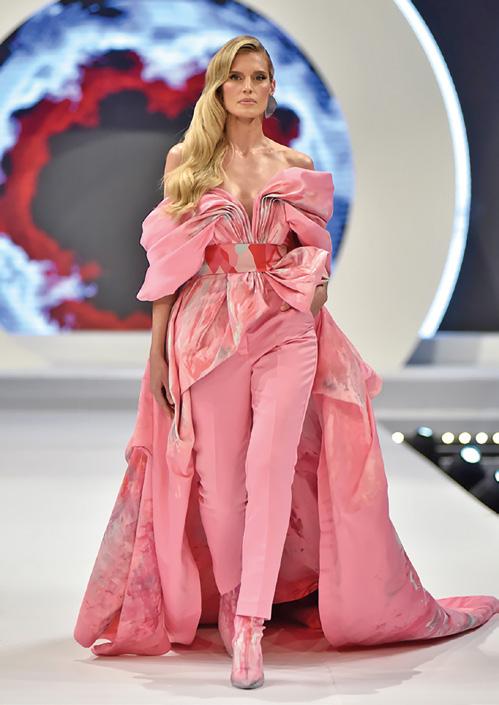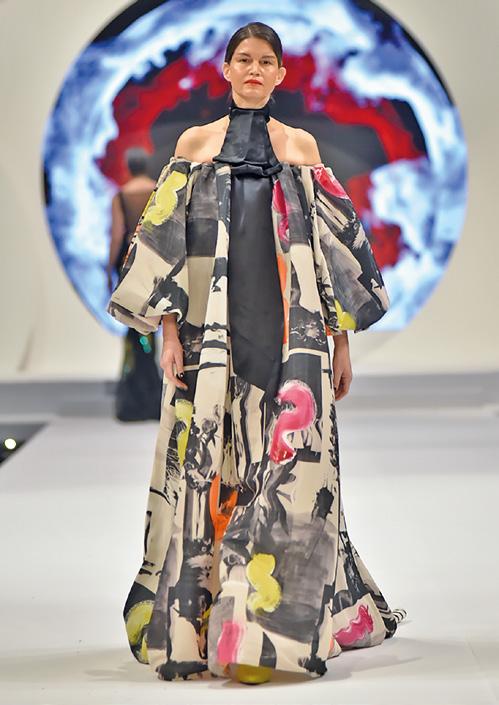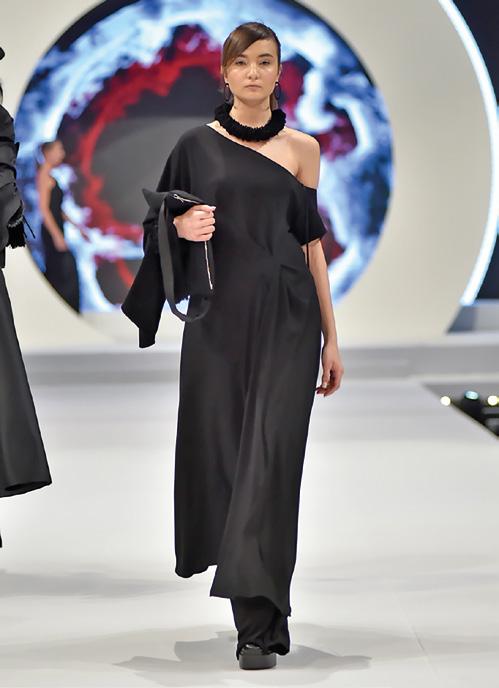
14 minute read
THERE IS ALWAYS ROOM FOR NEW IDEAS
DESIGN
THERE IS ALWAYS ROOM FOR TALENT AND NEW IDEAS
Advertisement
"In the world of design, broadly speaking, some influences have always been present. We are encouraged, however, by those who do things differently, by those who offer products that last for many years. It's not all copy-and-paste," says Zoran Jedrejčić, industrial designer and art director, whose authentic design language connects numerous brands in the region
Text:
ALEKSANDRA MIRKOVIĆ
Photo:
PRIVATE ARCHIVE
A
distinctive design language for our entire region is a concept that Zoran Jedrejčić supports and is attempting to realize. Through cooperation with the most successful manufacturers from Slovenia to North Macedonia, he provides comprehensive solutions—from development strategy, entering the market, communication with consumers, to the end product. “When we see Italian, Japanese, or Danish design, we can, more or less, immediately recognize that something is from Italy, Japan, or Denmark. The design from our region is also easily recognizable. The only issue is that it isn’t well articulated or conveyed. It will take time and perseverance to accomplish this, perhaps even fifty years or more. The Danes did it that way, and they still do. Design is intertwined with the culture of a place; it needs solid strategies, which we lack here,” says the internationally renowned industrial designer and art director.
He began his design studies in Zagreb, where he had moved from his native Split. He graduated from ISIA-Industrial Design in Florence. He finished his master’s degree in Germany, returned
Lay Air

to Italy, and worked with Ettore Sottsass for seven years. After that, he opens a studio in Milan. He designed for brands such as Artisan, 3M, Dada Cucine, Fratelli Guzzini, etc. Ten years ago, because of love, he moved to Belgrade.
He won numerous awards, from the Red Dot Design Award “Best of the Best” (2003) to the BIG SEE Visionary (2021). He exhibited in museums and galleries all over the world: in Vienna, Italy, at MoMA in New York, at the ICA in Boston, and in Tokyo.
We had a conversation on one of the first days of this year’s Belgrade Furniture Fair, of which he was the art director for many years. He was involved in the redesign of the event and the gathering of the best producers. “In 2015, we started promoting regional design and managed to bring all the best manufacturers and designers to one place. In this region of Europe, Belgrade Furniture Fair is one of the finest events. This year’s fair is narrower in scope, but it is still the most important review,” sums up Jedrejčić.

What are you currently working on?
— This year, the development of the Banja Luka-based Volumen brand was the main focus. The factory has been working for 25 years in the lower segment, and they want to step up to the level of the designer-oriented market. Together with associates from graphic and marketing studios, we handle it entirely. We set the entire development strategy, from communication, presentation, and the website to the new products. We designed seven lines with 50 products for them. We also work with the company Zavar from North Macedonia. We made smart radiators for them, which are exhibited at the fair. We design products for industry in small or large series.
You cooperate with clients from the ex-Yu area. Are there companies or individuals whose solutions in 50 years will leave a mark on the world map like, for example, the Iskra telephone from the 1970s? — There is potential, of course, but drawing a parallel is difficult. In the past, the standards were strong. There were conditions for a design that had a direction and a language. The center was in Belgrade. You had support everywhere: in museums, media, industry, and the state. Now there is a lack of unity, a lack of a system. The potential lies in our good production culture, which is used, for example, by the Danes. You may not know, but the furniture of almost all high-quality Danish brands is produced in Bosnia. Large global producers have segments of their production in Croatia and Serbia. The pioneers of design appeared here after the Second World War and not only worked
ZORAN JEDREJČIĆ,
industrial designer
Mondum
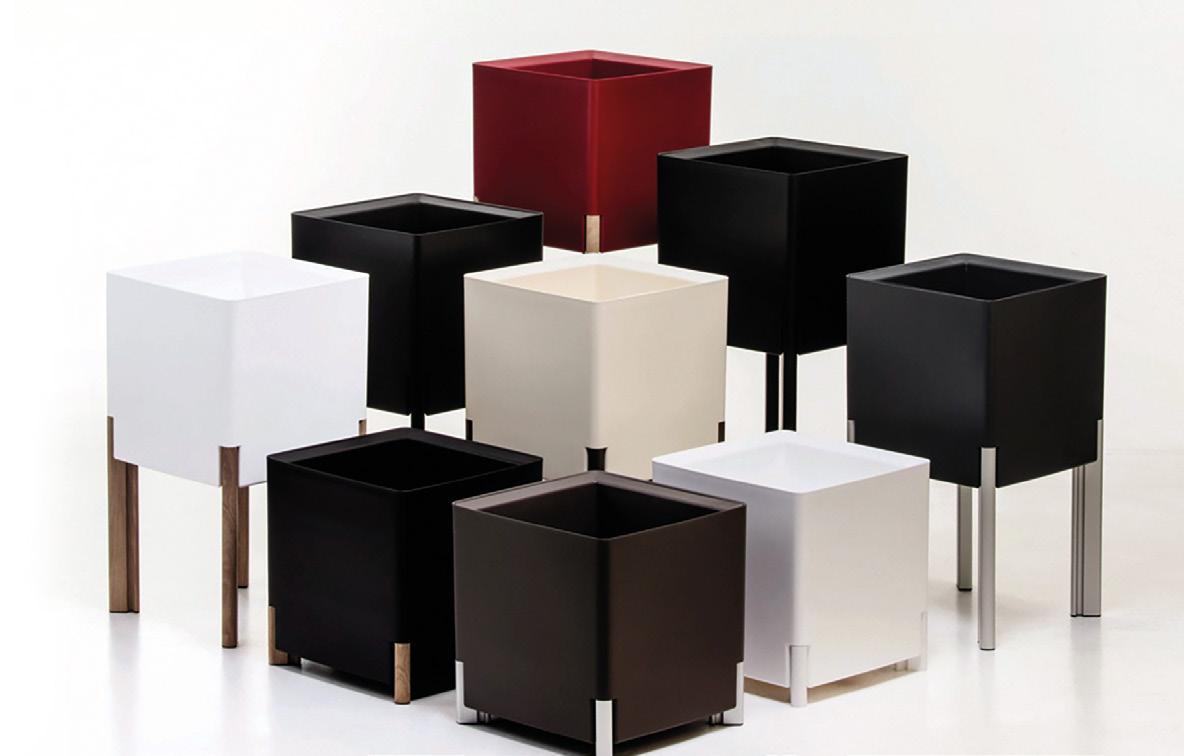

Woak
practically, but also built a design culture, a culture of housing. Today, the potential lies with the phenomenal producers whose goal is the world market and who deserve to be on it. The gap is in design thinking.
What local brands do you want to highlight for us?
— From Slovenia: Intra Lighting, Vertigo Bird, Rex Kralj. From Croatia: Prostoria, NUNC, Metoda, Milla&Milli. From Serbia: Gir, Garda, Hookl und Stool, BUCK. From Bosnia and Herzegovina: Artisan, Zanat, Gazzda, Woak, Goes. From North Macedonia – Zavar.
What aggravating circumstances do you see at the local level?
— We differ in cultures, religions, and habits, but we have a common, I dare say, Balkan way of thinking and expressing ourselves through products. That is our advantage. As the Italians would say, we are “macedonia”, which in translation is a mixed salad of different fruits. With the breakup of Yugoslavia, however, everyone wanted to have their own design language. Croats to find and leave traces of Croatian design, Slovenes of Slovenian design, and Serbs of Serbian design. So it is diffused. Though it is usually easier to shape the design language of a region than of a country.
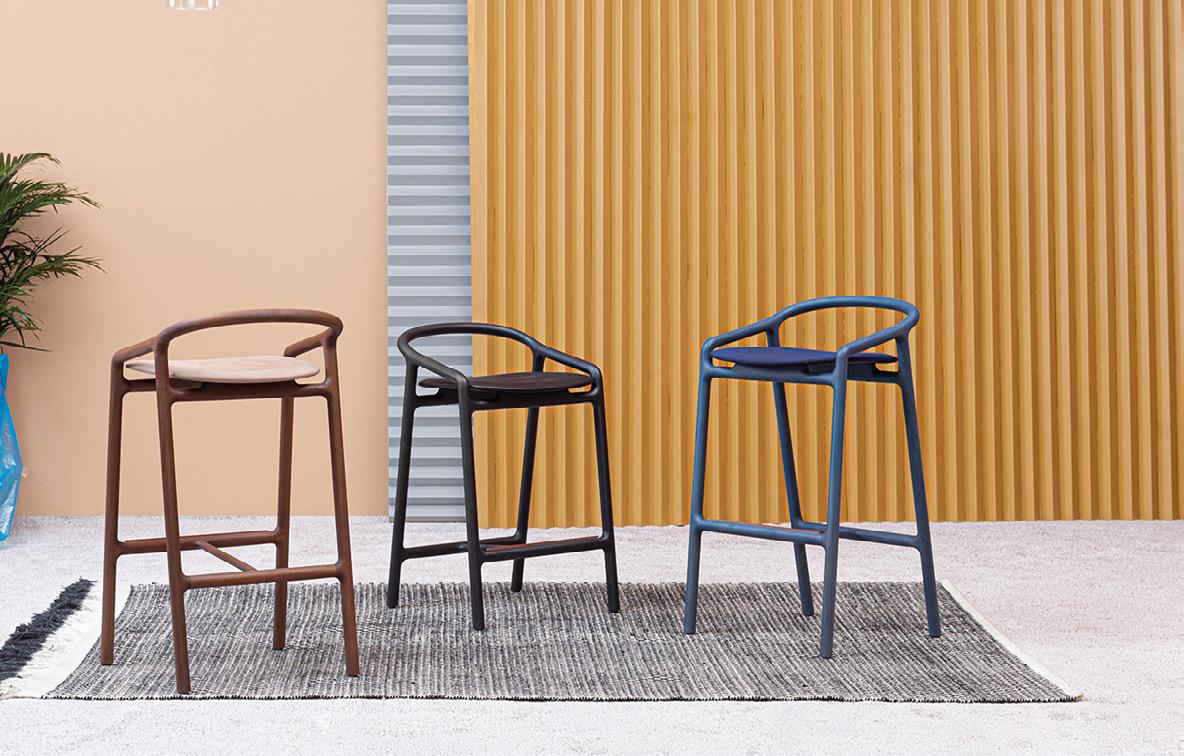
You are the winner of the BIG SEE Visionary Award. The explanation was: “He motivates and encourages manufacturers to find passion and do their best.” What qualities lack domestic brands?
— Making one or two products basically means nothing. If you want to position yourself in a higher niche in the market, a whole strategy is required. That’s why I took on a significantly more extensive and responsible job as an art director, not just a designer.
Is authenticity even possible in today’s copy-and-paste culture?
— There is definitely room for unique solutions, talents, and new ideas. I’m not that pessimistic. In the world of design, broadly speaking, some influences have always been present. In addition, there is a rising transfer of techniques from other sectors, such as the fashion industry. Now you have seasonal collections in design as well, which results in overproduction. We are encouraged, however, by those who do things differently, by those who offer products that last for many years, the value of which increases with the patina of time. It’s not all copy-and-paste. Personally, I see design as a form of not only revolution but also evolution.
What did you enjoy doing and what did you do because you “had to” throughout your large body of work, and what do you hope to do in the future?
— Fortunately, I have the opportunity to work with quality manufacturers. I didn’t have to make compromises that I would be ashamed of. The annual capacity is two to three new clients and a certain number of permanent ones. I have no unfulfilled wishes. I take a professional approach to everything and strive to make the most of it. When choosing, I take great care that my clients are “likeable” and progressive. Their desire for change is important to me. I have no favorites, and my
Goccia set
favorite job will always be the next one. The problem with our manufacturers is that they work in one segment for 10, 20, or 30 years. The hardest thing to do is to change your way of thinking. I must thus start with the psychological questions and go on to the design ones.
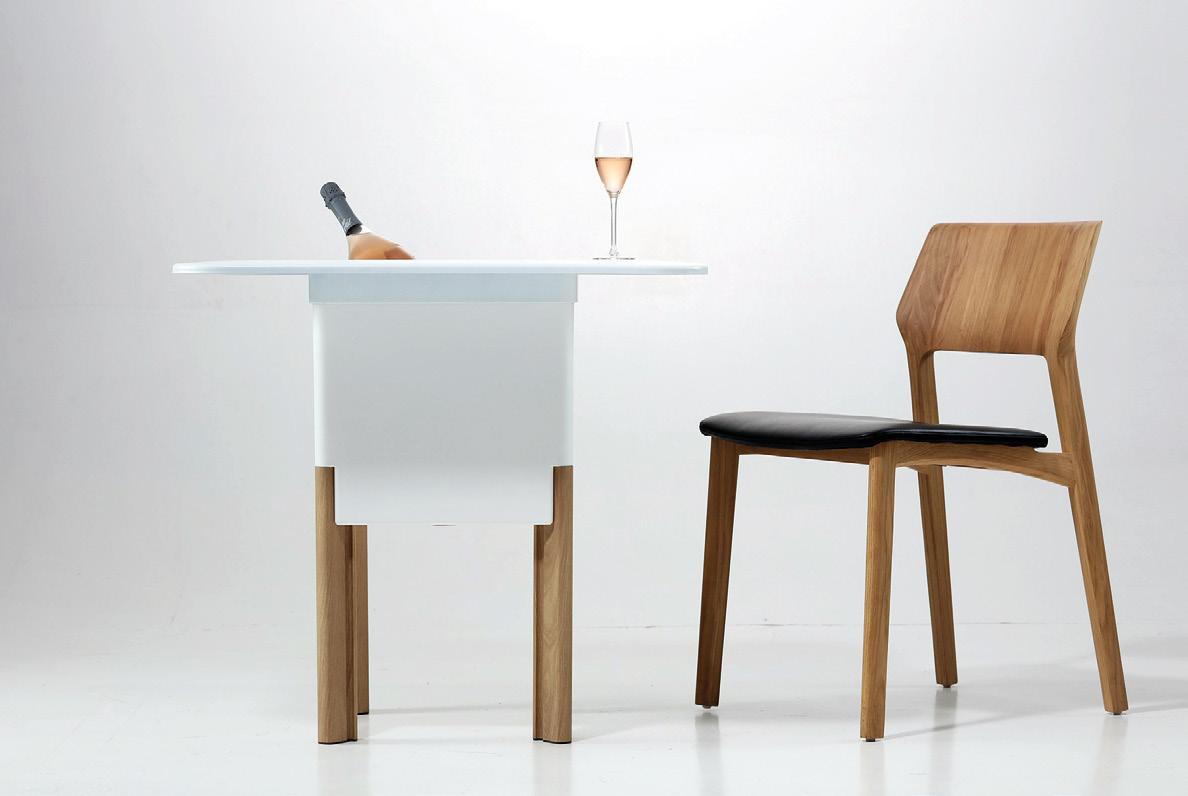
You gave lectures in Italy at the Nuova Accademia di Belle Arti (NABA) and in Serbia at the Academy of Fine Arts. What is the difference between students from these two countries?
— I no longer teach, unfortunately. I do not have time. It is not possible to do several things at the same time with the same quality. I am still often approached by students and young designers for advice. I enjoy having them around me. I still think like a 20-year-old, even though I can see that I’m not. I try to stay young, at least in my thinking. The difference between students in Italy and students in Serbia is in their perception of design. Young people here think that “design” is some super-communicative word and that it will be a “cool” job, which boils down to the statement “I’m a creative type.” Well, it’s not! They lag a little behind their Italian peers there. This is hard work with many sacrifices in order to get results. In Italy, the approach is different. We’re a little more casual, which doesn’t mean there’s no talent. We lack motivation sometimes, and we would like to get everything done in the short term. It doesn’t work that way. Let me demystify: the designer first needs to reach the industry. These are factories with 100, 200, 500, or 600 employees. It is your responsibility to give or not give a job to those people. If you make bad decisions, you endanger the company. Besides that, you have to know a number of fields and speak different languages: the language of marketing, the language of technology, and the language of economics, in order to communicate with different people and come up with a good product.
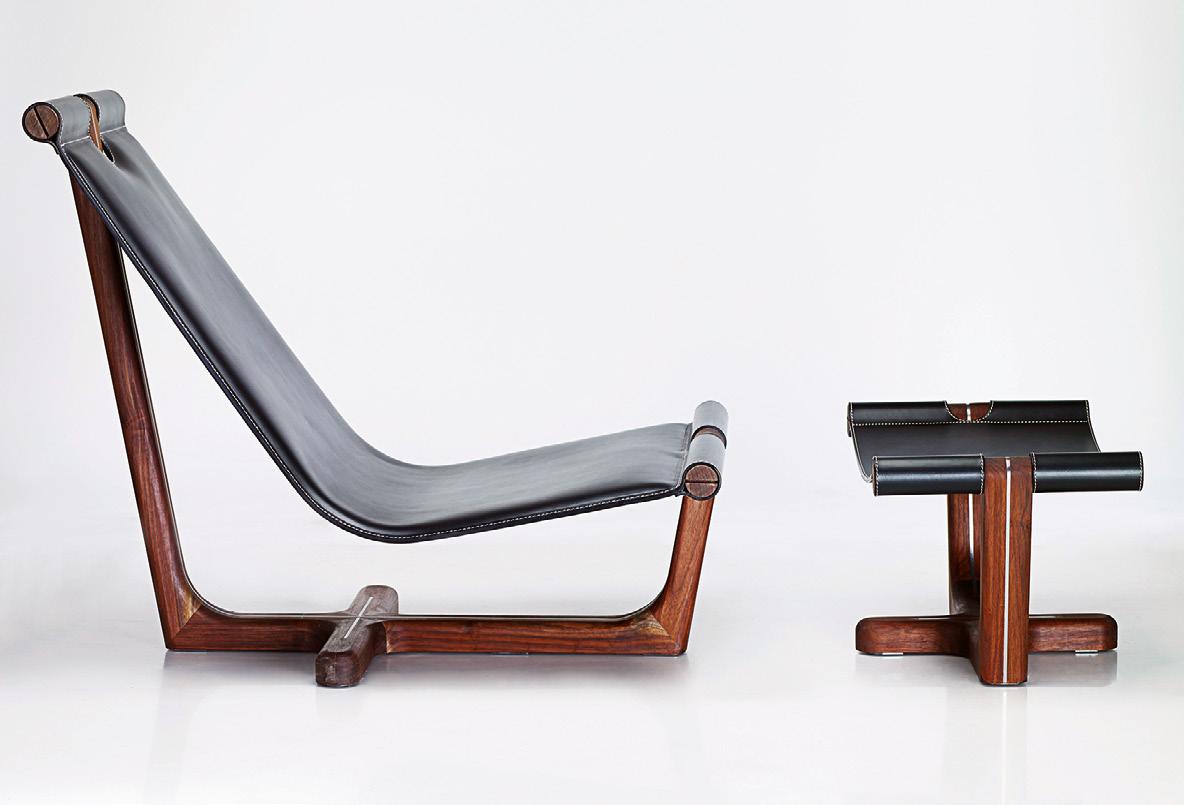
From Split, via Florence and Milan, here you are in Belgrade. How stimulating is this city for a designer?

Jackie’O Mondum
Armada
— Both urbanization and concretization can be done in various ways. Unfortunately, there is a lack of public spaces that contribute to people’s quality of life. We need to work on that. One more tree, one more smile. I think that Belgrade is a multi-layered city. Belgrade is a hundred cities in one, and that makes it beautiful. Friends who come to me from abroad always tell me that they feel the difference; they are delighted with the city vibe and the atmosphere. However, the city is primarily made up of people who live there. I also like to say that Belgrade is not the most beautiful city in the world, but it is a city with the most beautiful character. It is like a guy that nobody considers pretty and compares to the cover model, but everyone agrees that he is a cool guy with manners and attitude.
How would you define your own design style?
— I don’t like definitions. Style is less important; my emotions are my guide. I want people to react to my products. The tactile and emotional experience of the product is more important to me. I work with a lot of love, so I hope that this love is recognized and the products become a part of someone’s life.
LIFESTYLE
REDESIGNED DG MARTINI BAR
T
he radical transformation of the iconic Italian-style bar DG MARTINI, born in 2003 from the collaboration between Martini and Dolce & Gabbana, didn’t affect its originality, which successfully combines tradition and modernity in full Made in Italy style. Set in the historic 16th-century building at Corso Venezia in Milan, from the outside the bar remains in dialogue with the architectural features of the existing building, but its interior has been modernly redesigned. The large entrance portals with tubular elements in red painted steel and Martini and DG logos recall great works of contemporary art and give a hint of what to expect inside the bar, where large bar counters in Nero Assoluto marble, illuminated Murano glass walls, furnishing elements and accessories from the Dolce & Gabbana Casa Collection, and Mediterranean lemon trees dominate. Some things, however, should not be changed, as the new menu, entirely dedicated to traditional Italian cuisine and signature cocktails, attests..

Photos: luxferity.com
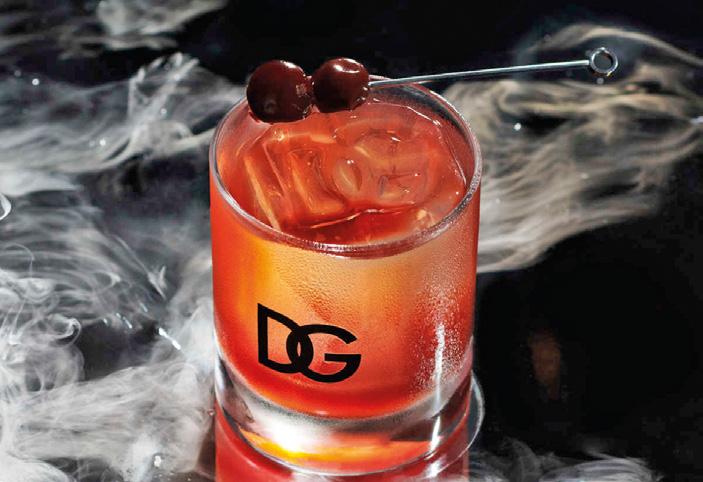


GIORGIO ARMANI 11 WATCHES FOR HER AND HIM

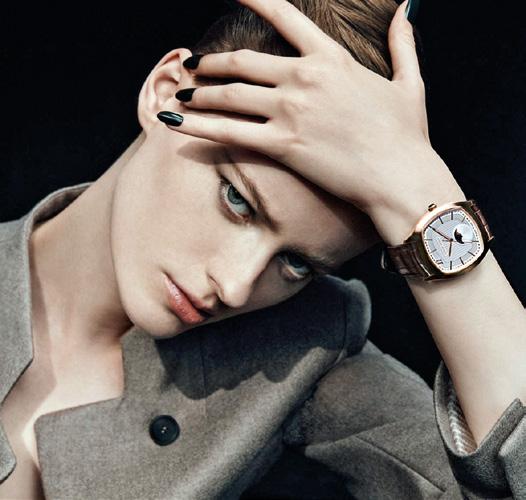
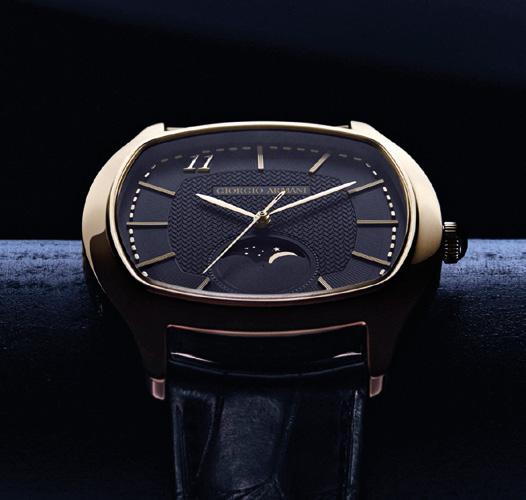
Giorgio Armani presents Giorgio Armani 11, the new series of watches for men and women that pays tribute to the street number of the brand’s historic headquarters on Via Borgonuovo in Milan. Brought to life through a partnership with high-end Swiss watchmaking maison Parmigiani Fleurier, the new collection of elegant Giorgio Armani timepieces is based on a personal idea of luxury, in which craftsmanship and a focus on form and material convey a sense of timeless elegance. Watches are made in three different materials and available in five variants: steel with a grey or blue dial, rose gold with an ivory or grey dial, and yellow gold with a black dial, all combined with leather straps. One special detail on the dial, besides the traditional Armani logo, features only the number 11 written in Arabic numerals.
CAROLINA HERRERA’S GOLD FANTASY

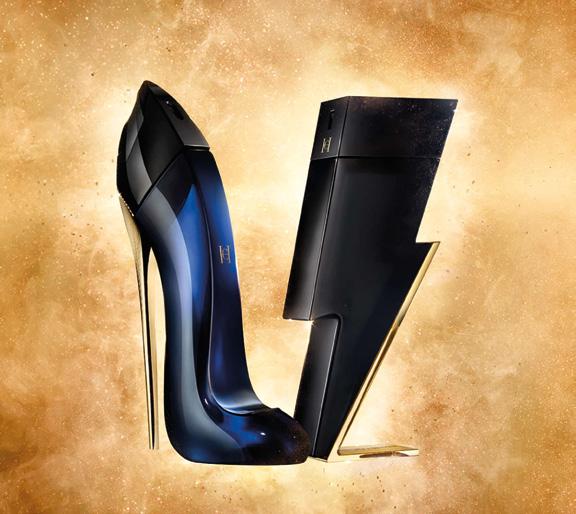

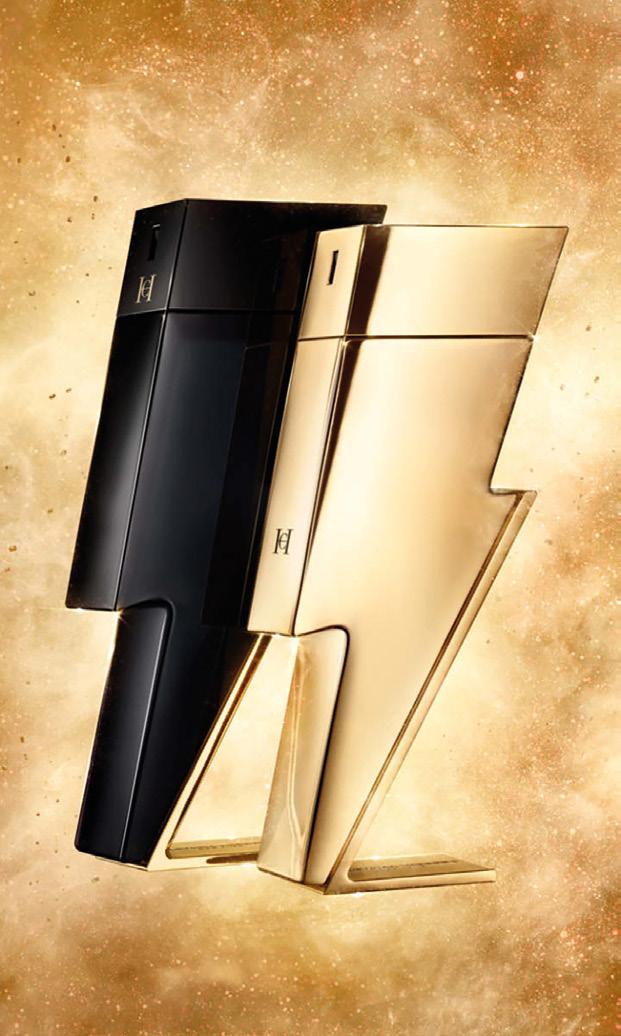
This holiday season, Carolina Herrera’s legendary Good Girl heel, as well as its no less famous men’s Bad Boy lightning variant, come in a new, Gold Fantasy edition. The perfumes will come in gold-plated limited edition bottles, while the women’s perfume will also feature a touch of glitter for some extra sparkle. With its contrasting blend of ingredients that are both sweet and sensual, Good Girl represents the fascinating duality of the modern woman, while Bad Boy Gold Fantasy is the personification of the ultimate modern man— vulnerable and strong.

Every year, the iconic jewelry brand Tiffany & Co. traditionally publishes the Blue Book, presenting its latest collections. BOTANICA: Blue Book 2022 honors the timeless beauty of flora, especially Wisteria’s dramatic and breathtaking palette of blue and purple hues that dominate this year’s collection. Revisiting botanical motifs from Tiffany’s heritage, from brooches to hair ornaments, the final result of BOTANICA: Blue Book 2022 is an impressive garden made of unique jewelry.
MESMERIZING TIFFANY & CO. FLORAL GARDEN



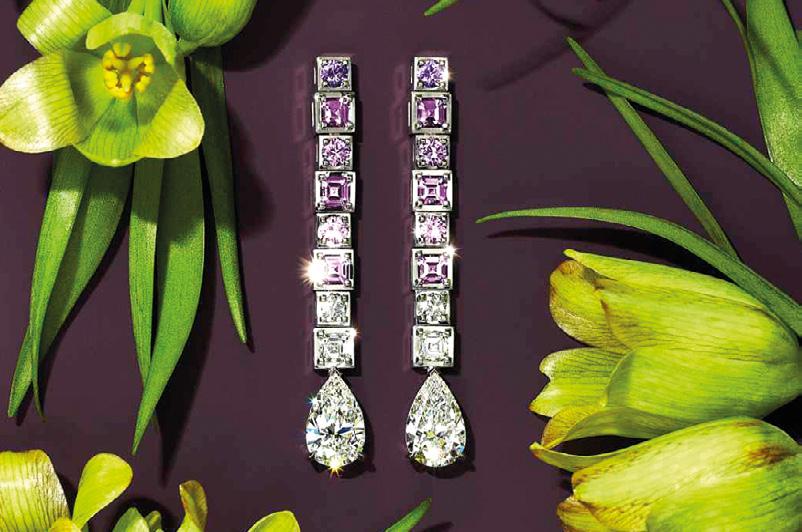
LIFESTYLE
THE 50th JUBILEE BELGRADE FASHION WEEK
”F
ashion is art” was the motto of the 50th anniversary Belgrade Fashion Week, held for three weeks from November 8 to December 1. Organized by Fashion Studio Click, with the exclusive partnership of L’Oreal Paris, numerous shows and accompanying events were held at several attractive locations, such as Belexpocentar, National Theater, Dorćol Platz and city galleries – Silos, Štab and Haos. The first Fashion Week in Eastern Europe and the most important Serbian fashion event once again provided a stage for numerous Serbian fashion designers. Around 80 famous fashion names, from legends like Dragana Ognjenović, who opened the first edition of Fashion Week, to Doda Komad, renowned professor at FPU, Boško Jakovljević and his attractive men’s fashion, to great designers from the Belgrade Design District, and many others, confirmed that the Serbian fashion scene keeps up with the world’s most significant fashion trends and current topics such as sustainable fashion, the circular economy, and women’s emancipation.
However, the strongest emotions on L’Oreal Fashion Week, both among the audience and the participants, were evoked by the promotion of our cultural heritage through a tribute show dedicated to the former first lady, Jovanka Broz, as well as by cultivating the cultural memory through great names such as Professor Andjelka Slijepčević, founder of the department for Contemporary clothing, designers Aleksandar Joksimović and Mirjana Marić, but also the diva of Serbian cinema, Milena Dravić.


Ana Ljubinković Budislava Dragana Ognjenović Mihano Momosa Photo: belgradefashionweek.com
